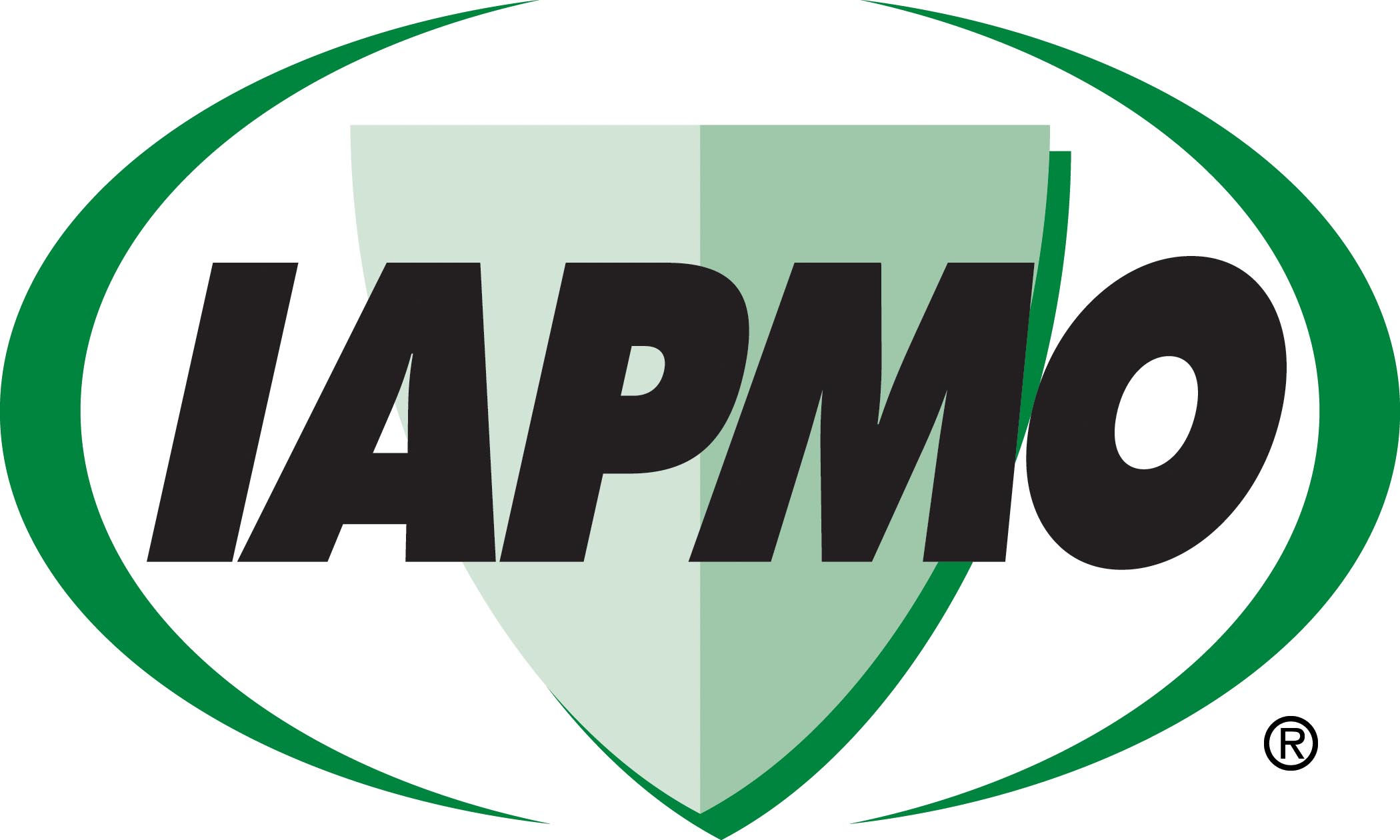Taken from the Online Editions of the UPC & UMC Answers & Analysis

SUBJECT: Seismic Provisions
SECTION: 507.2 (2024 UPC)
Question:
How do you anchor or strap a ceiling suspended water heater to meet this code requirement?
Answer:
Section 507.3.1 would address the requirements for this particular installation as well as checking with the AHJ for specifics.
SUBJECT: Installations in Residential Garages
SECTION: 507.13 (2024 UPC)
Question:
Does an electric heat pump water heater need to be elevated when installed in a garage or may it be place on the floor of the garage?
Answer:
No, an electric heat pump does not need to be elevated as described in Section 507.13, provided the electric heat pump does not present the potential for ignition of flammable vapors. Check with the authority having jurisdiction.
SUBJECT: Hot and Cold Water Required
SECTION: 601.2.1 (2024 UPC)
Question:
1. Does 601.2.1 allow for cold water only plumbing for hand washing stations that are located e.g. in a structure (i.e. lunch pavilion) that is separate from a building on site, where providing HW is difficult or infeasible?
2. Our design guidelines currently stipulate cold water only plumbing for general and kindergarten classroom sinks where we also mount paper towel holders and hand soap dispensers; does 601.2.1 mean we must also provide tempered water?
Answer:
1. No, per 601.2.1 Hot and Cold Water Required. In occupancies where plumbing fixtures are installed for private use, hot water shall be required for bathing, washing, laundry, cooking purposes, dishwashing, or maintenance. In occupancies where plumbing fixtures are installed for public use, hot water shall be required for bathing and washing purposes.
2. Unless this is an amendment by the AHJ, tempered water would be required per 601.2.1.
Subject: Environmental, Class 1, and Class 2 Air Ducts
SECTION: 502.2.1 (2024 UMC)
Question:
Table 403.7 classifies parking garage exhaust as Class 2. It appears the termination of Class 2 exhaust including parking garages will need to comply with 502.2.1. Is this an accurate interpretation?
Answer:
Yes, Table 403.7 does classify a parking garage as Air Class 2. Parking garages will need to comply with UMC section 502.2.1 unless the exception in footnote 3 of Table 403.7 applies to the installation:” (3) Exhaust shall not be required where two or more sides compose walls that are determination of class 2 is established, section 502.2.1 location of termination would apply.
Subject: Refrigeration Concentration Limits
SECTION: 1104.2 (2024 UMC)
Question:
If smallest occupied space is connected to another space via a permanent opening, the volume of both connected spaces shall be used for RCL calculation. Is this correct? Comment: Exception 4 under this section requires RCL compliance for smallest occupied space through which refrigerant piping passes.
Answer:
Yes, the calculation of Refrigeration Concentration Limits would be correct under section 1104.2.1 of the 2024 UMC and based on what section 1104.2.2 of the 2024 UMC for non-connecting spaces. If the spaces were not connected by openings or HVAC ducts, then the RCL would be calculated based upon the smallest section only.
Subject: Clothes Dryer
SECTION: 504.4 (2024 UMC)
Question:
Are clothes dryers allowed the use of rivets as a means to join dryer ducts?
Answer:
No. Any fastener that penetrates the dryer duct that can catch lint is not allowed. Rivets would extend into the duct and are capable of catching lint, reducing the efficiency of the exhaust system.

IAPMO
IAPMO develops and publishes the Uniform Plumbing Code®,the most widely recognized code of practice used by the plumbing industry worldwide; Uniform Mechanical Code®; Uniform Swimming Pool, Spa and Hot Tub Code®; and Uniform Solar Energy, Hydronics and Geothermal Code™ — the only plumbing, mechanical, solar energy and swimming pool codes designated by ANSI as American National Standards — and the Water Efficiency Standard (WE-Stand)™. IAPMO works with government, contractors, labor force, and manufacturers to produce product standards, technical manuals, personnel certification/educational programs and additional resources in order to meet the ever-evolving demands of the industry in protecting public health and safety.
Last modified: November 3, 2025
